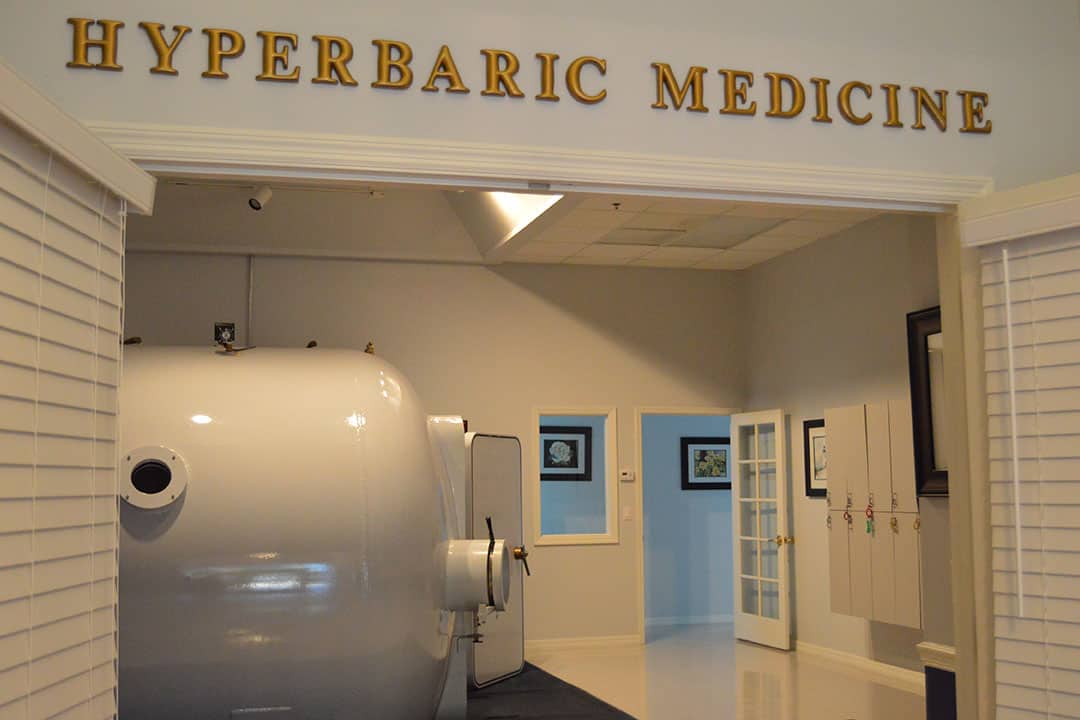Hyperbaric oxygen therapy (HBOT) is a health treatment that has recently been used by famous athletes such as Seattle Seahawks quarterback Russell Wilson and New York Mets pitcher Noah Syndergaard. In this article, I’ll tell you what it is, how it works, and if it’s actually effective.
In an HBOT session, individuals are put into the pressurized environment of a hyperbaric chamber where they breathe in pure oxygen — as opposed to normal air, which is only about 21 per cent oxygen according to NASA. The hyperbaric environment — an environment with elevated pressure — is necessary because it allows the individual to take in more oxygen than their lungs would otherwise be able to take in. The circulation of this extra oxygen is beneficial, since increased oxygen levels in the blood support substances that promote healing processes in the body.
Even though HBOT has only become popular in recent years, it has been a well-established treatment for scuba divers who experience decompression sickness when they resurface too quickly.
When it comes to functions of HBOT, it is mostly used to treat injuries; supplying extra oxygen to injured body parts can heal them faster. Some examples of injuries and conditions that could be helped by HBOT are severe anemia, traumatic brain injury, and infections of the skin and bone. The extra oxygen content that accelerates recovery is what makes this treatment work.
However, as with any medical intervention, it is important to weigh both the advantages and risks of HBOT before starting it. There is potential for lung collapse due to rapid changes in air pressure, seizures due to too much oxygen, and the chamber may even catch on fire in very rare situations. Although HBOT has the ability to treat some conditions, it is important to be aware of misinformation about it.
All in all, HBOT is a promising health trend that deserves to be given a chance, but it is important to know its limitations and risks in order to stay safe.
Editor’s Note (June 2): The visual for this article has been updated to accurately represent its contents.


